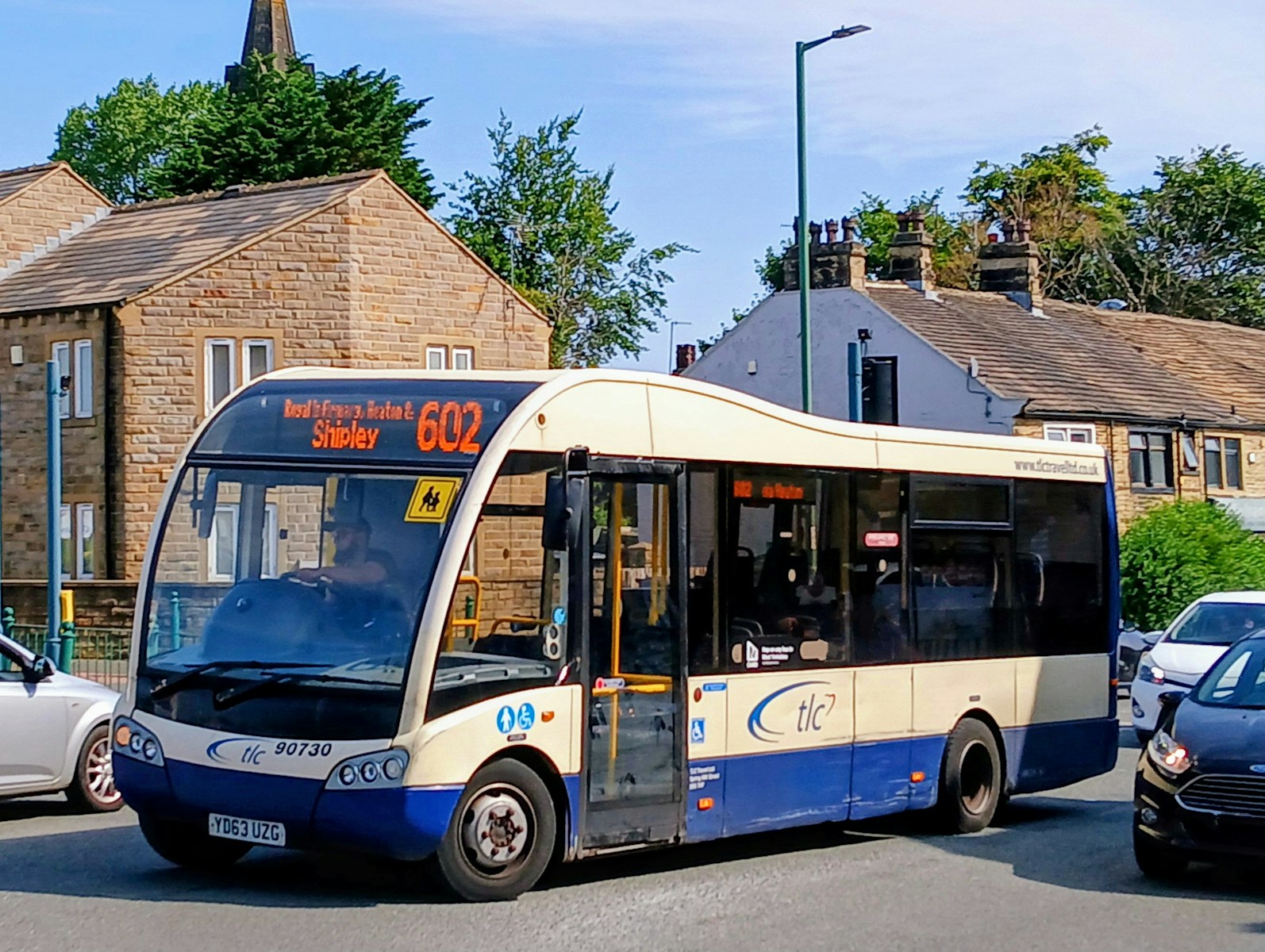The revelation has been announced as the Planning & Infrastructure Bill is due for its second reading today (Wednesday 25th June) in the House of Lords.
Campaigners from Transport for New Homes have warned that some of the government’s highest housing targets are in areas with a lack of decent public transport links. This means plans risk creating thousands of car-dependent properties.
The research has been delivered in the form of a report titled ‘What is being built in 2025? In search of the station’ and was created by campaigners who examined housing targets against public transport satisfaction scores from IPSOS.
Steve Chambers, sustainable transport campaigner at Transport for New Homes, said the report exposes the government’s naïve nature.
‘What these figures show is a complete lack of joined up thinking,’ Steve said. ‘There is currently no correlation between where we are building new homes and quality public transport, severely limiting the choice for people who can’t, or don’t, want to drive everywhere. We have to plan more intelligently.
‘New developments should be built around really good public transport from day one, otherwise we are consigning hundreds of thousands of people to car dependency and traffic chaos.’
To give context, the research highlights that the councils across England who are faced with delivering some of the highest housing targets are based in rural and semi-rural areas which aren’t exactly renowned for their public transport, as opposed to cities such as Birmingham and Leeds who are set to receive some major transport upgrades.
Castle Point Borough Council, for example, has been tasked with delivering 595% more housing per annum to meet new targets, yet satisfaction with public transport is -18% versus a regional average of -5%.
What’s more, East Hampshire District Council has to build 159% more homes, though contentment with transport in the area is -24% versus an average of 4%.
Jenny Raggett, project coordinator at Transport for New homes, added: ‘Housing targets aimed at rural or semi-rural parts of the country and a developer-led choice of location, are plonking more and more giant housing estates on fields on the edge of towns and villages, places where it’s all about driving.
‘The result is increased congestion, limited housing choices for those who don’t want to drive everywhere and dying town centres. The planning system needs to direct building in more sustainable locations that will work with new and existing public transport infrastructure and promote regeneration and economic growth.’
The report can be accessed in full here.
Photo by Joseph Mama via UnSplash
In related news:



















Leave a Reply